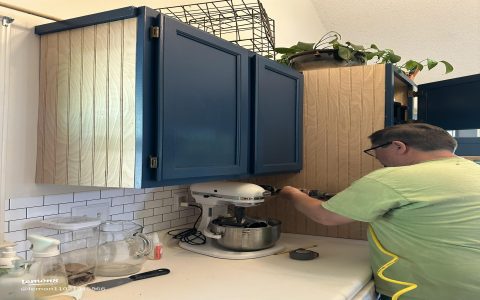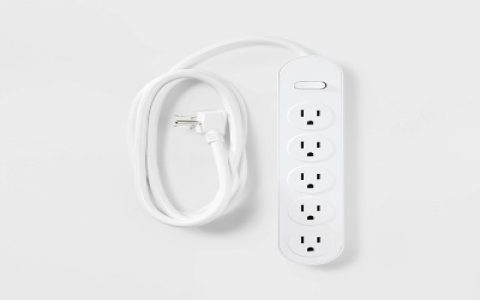Power raking your lawn is an aggressive dethatching process using a machine with vertical blades that dig into the turf to remove excessive thatch buildup. Here’s what you need to know:
Is Power Raking Necessary?
- Thatch Assessment: Determine if you have excessive thatch (over 1/2 inch). A thin layer is beneficial, but too much prevents water, nutrients, and air from reaching the soil.
- Alternatives: Consider core aeration or vertical mowing (dethatching) as less aggressive options if the thatch layer is not excessive.
When to Power Rake
- Timing: The best time to power rake is during the active growing season of your grass type (early spring or early fall for cool-season grasses; late spring/early summer for warm-season grasses). This allows for quick recovery.
- Avoid: Don't power rake during periods of stress (drought, extreme heat) or when the grass is dormant.
How to Power Rake
- Preparation: Mow the lawn short (1-2 inches) and water it a day or two beforehand. Mark sprinkler heads and shallow utilities.
- Machine Settings: Adjust the power rake's depth carefully. The goal is to remove thatch, not scalp the lawn. Start with a shallow setting and gradually increase depth if needed.
- Technique: Make multiple passes in different directions for thorough thatch removal.
- Cleanup: Rake up and remove the dislodged thatch. This is crucial to prevent it from smothering the grass.
Post-Power Raking Care
- Seeding: Overseed the lawn immediately after power raking, especially in bare or thin spots.
- Fertilizing: Apply a starter fertilizer to promote new growth.
- Watering: Water the lawn thoroughly and keep it consistently moist for several weeks to aid in germination and establishment.
Potential Risks
- Damage: Power raking can damage healthy grass if done improperly or too aggressively.
- Weed Seeds: It can bring weed seeds to the surface, leading to increased weed growth.
- Soil Disturbance: Excessive power raking can disturb the soil and root system.
Important Note: Consider hiring a professional for power raking, especially if you're unsure about the process or machine settings. Incorrect power raking can severely damage your lawn.






